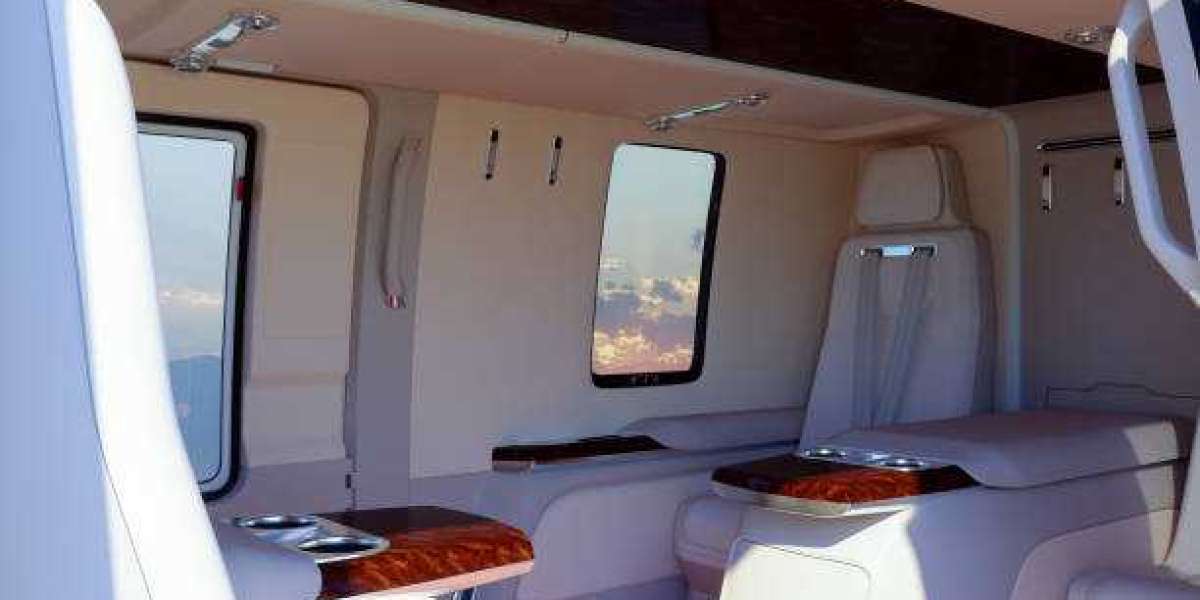One thing is certain right off the bat: any airline has high-quality arrangements in place to ensure your safety and comfort. Various international organizations control aviation and services. As a result, it's doubtful that anyone will be denied access to the program. Passengers are transported to the terminal by bus after boarding the plane, and many passengers strive to board the bus as quickly as possible. This is totally needless; in the end, if only one passenger remains, the automobile will be dispatched again for that individual. There's nothing to leave behind, so don't rush to catch the 'local bus.'
As a result, when flying, you must be more sensitive and kind. Let's look at some of the best methods to travel by plane, so that your trip will be enjoyable and your fellow passengers will have a positive impression of you when they return home.
Assist the police and security forces.
Before boarding the plane, the subject of correct etiquette must be addressed. Remove off your watch, take your mobile wallet out of your pocket, take out your belt, or anything metal while waiting in line at the check-in counter. This will expedite your job when you get to the scanner, and the line will move more quickly as a result. Above all, cooperate with the security staff; they aren't checking you out in a hostile manner. They're doing everything they can to keep us secure.
Pay close attention to the instructions for air safety.
The airline delivers some safety precautions before the plane takes off. Everyone is busy checking in or posting selfies on Facebook as they board the plane. In an emergency, these safety steps could save your life. As a result, pay close attention to the safety guidelines.
Place the bag in its proper location.
Many people carry one or more 'handbags', even if their large bags are housed in a different store on the plane. If you only have one handbag, that's OK; if you have two, lay one on top of the bag seat and the other at your feet. Because if you stack both bags on top of each other, the other individual may not be able to find a spot. Also, keep the suitcase upright, not horizontally, so it doesn't get mixed up with the other person's luggage.
Comply with electronic product restrictions: Electronic products are prohibited from being used during landings and takeoffs. The usage of mobile phones, in particular, is strictly restricted. If the cabin crew tells you to switch off your phone or put it on 'airplane mode,' do so right away. Keep in mind that this rule was imposed by the regulating agency, not by the pilots.
Set your phone to airplane mode.
Think about it: if you have to phone a relative during takeoff to tell him that "only the plane took off," you've said your goodbyes for good. You can work on your laptop or tablet after takeoff. Many airlines now provide customers with free WiFi and phone calls. So, aside from the time of takeoff and landing, be patient and wait for the perfect time.
When it comes to changing seats, be cautious.
Some airlines reserve seats or levy additional costs. This makes it difficult for members of the same family to sit together, as one person may have to take a seat in another's place. If you travel alone, there is no such thing as a family.
If you are requested to change seats and you do not have a problem, you can defend your request. Of course, no one can compel you to do so, but everyone would gain if the culture of supporting such requests persists.
After changing seats, notify the airline;
Notify the on-duty flight attendant of your desire and willingly swap seats when the plane reaches normal altitude without boarding time. Because it is critical for the authorities to be aware that you are occupying a different seat in order to avoid any problems. To the authorities, your seat number serves as proof of your identity.
When tilting the seat, use caution and generosity:
In terms of rights, leaning or not leaning the seat is still a contentious issue; you have the right to lean as much as the person in the rear has the right to object if they are uncomfortable. However, it should be emphasized that such issues primarily arise on local flights around the world, with seats constructed for international routes with adequate space to ensure that no one has a problem. Problems such as 'cheap airlines' and 'domestic flights' have been mentioned.
Before tilting the seat, consider the comfort of the passenger.
There is no way to obtain a solution by exercising your right over it; instead, you must use it in a cooperative manner. Alert the back passenger respectfully before tilting the seat; it's preferable to inform the flight attendant without saying anything. This will allow the passenger to remove the glass of water or anything else from the folding table next to your back seat, and other passengers are expected to accept the situation owing to your courtesy. You must also ensure that the passengers behind you have enough room to shift around.
No one should be forced to tell a narrative!
Of course, this applies to all vehicles, not just planes. Many people desire to spend time speaking with other passengers on the journey, especially on long trips. Fellow travelers, on the other hand, might choose to spend some time in silence. In this instance, under no circumstances try to force the topic; it is impolite. If you're in the other situation, and someone wants to talk but you're not interested, respectfully explain that you have another job or aren't interested, rather than ignoring the individual with displeasure and contempt. In this instance, you can either read a book and sit down or remove yourself from the situation by wearing earphones.
Slowly exit the plane.
Do not make a hasty landing; instead, take your time.
Sit in your seat until the seat belt is signed off after landing. Slowly unzip the seat belt and exit the plane in a row with your suitcase after the seat belt has been signed off. Two minutes of patience isn't going to hurt you. If the two rows are located in a narrow passage between the seats, it is more likely to be delayed.





